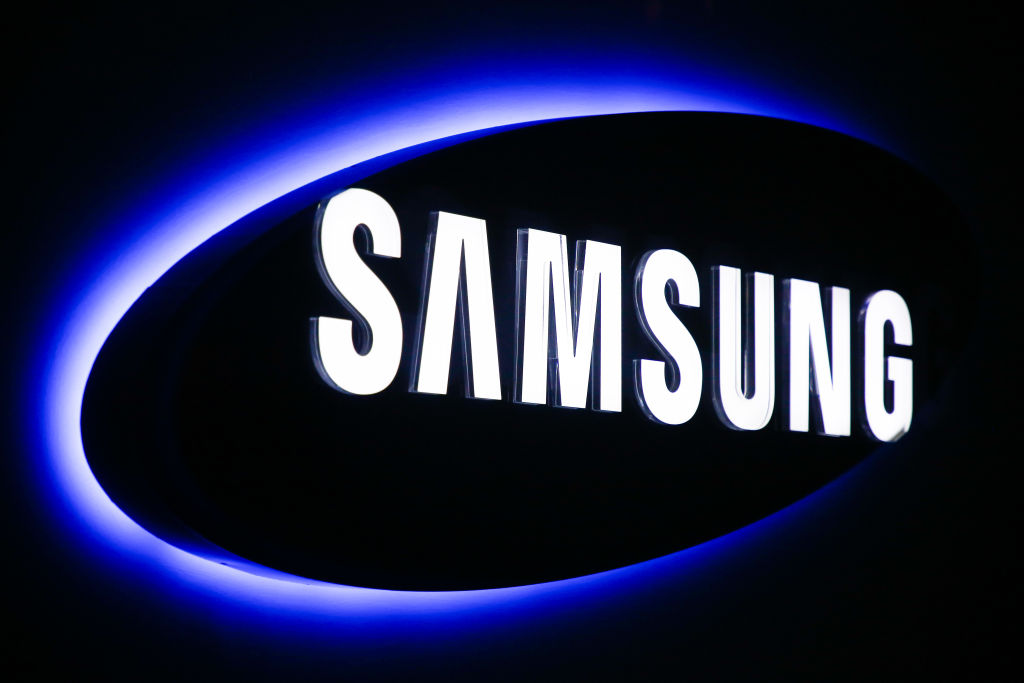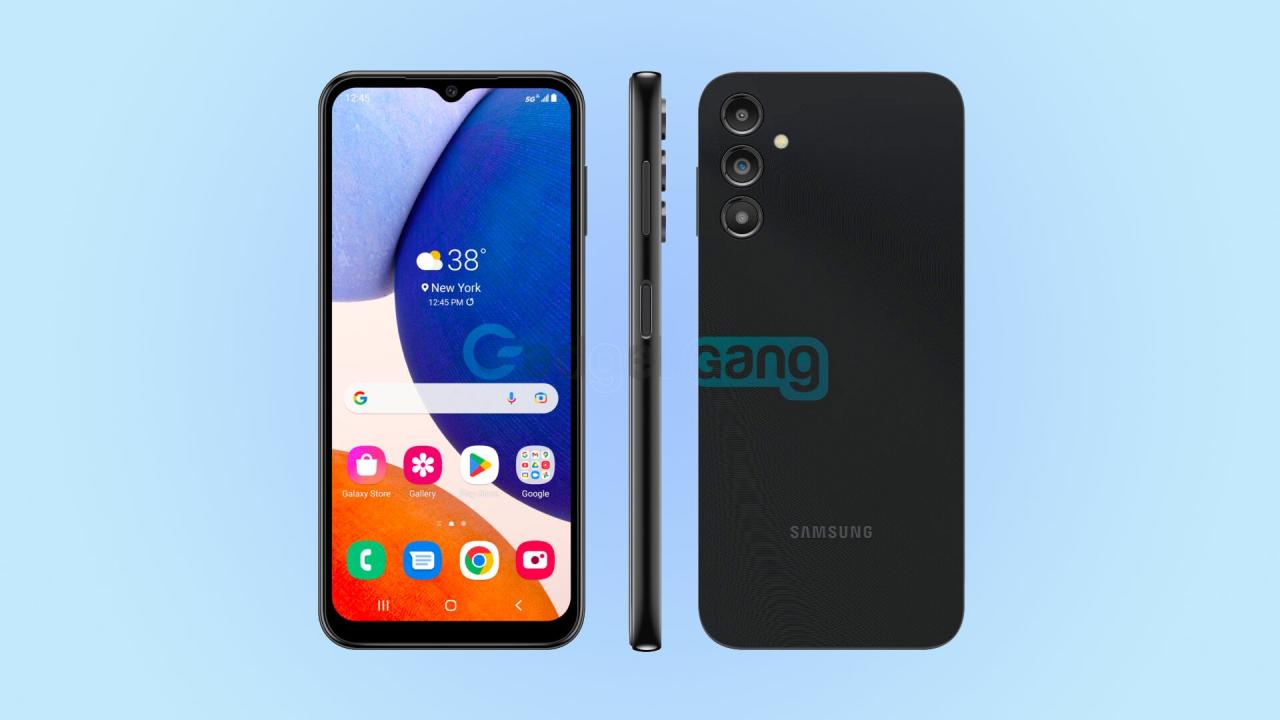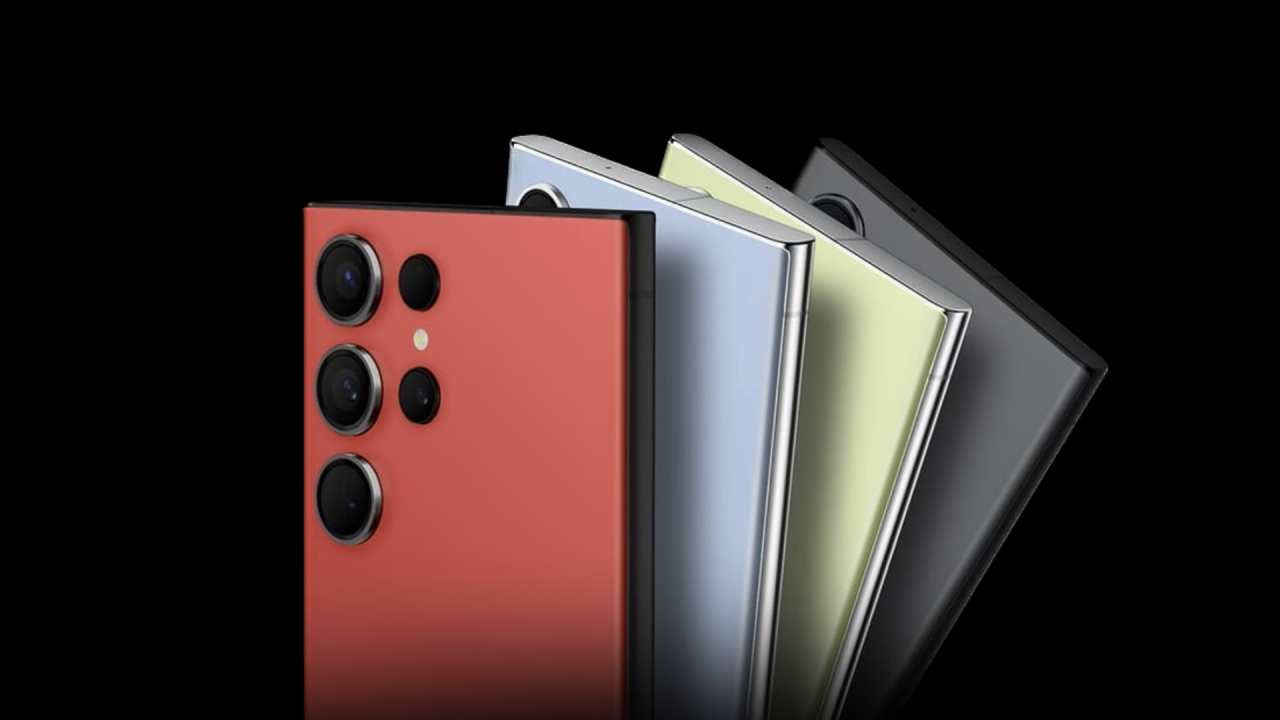Samsung note7 takes center stage in the world of smartphones, not just for its innovations but for the controversies that followed its launch. Released in August 2016, the Note7 was poised to be a game-changer, boasting impressive features like a stunning display, improved S Pen functionality, and enhanced security protocols. However, its journey was marred by significant battery issues that led to widespread recalls, influencing consumer trust and setting a precedent for future advancements in smartphone safety and design.
Delving into the technological advancements it introduced, the Note7 featured an edge-to-edge display and a refined design that captivated users. Yet, the excitement was short-lived as battery malfunctions became a prominent issue, prompting Samsung to reevaluate their production processes and safety measures, fundamentally altering the landscape of consumer electronics.
Overview of Samsung Note7

The Samsung Note7, launched on August 19, 2016, was a significant addition to Samsung’s Galaxy Note series. This device aimed to merge power and productivity with cutting-edge technology, appealing to professional and tech-savvy consumers. The Note7 was designed to be a powerful tool for multitasking, equipped with features that were both innovative and user-friendly.
Samsung introduced several technological advancements with the Note7, marking a notable shift from its predecessors. It was the first device to feature a dual-edge curved display, providing a stunning aesthetic and improved functionality. Additionally, it was equipped with the latest Snapdragon 820 processor, which offered better performance and efficiency compared to the previous model, the Note5. The device also showcased 4GB of RAM, ensuring smooth multitasking capabilities and the ability to run demanding applications effortlessly.
Design Elements and Specifications
The design of the Samsung Note7 set a new standard in smartphone aesthetics and ergonomics. The device was crafted from premium materials, featuring a glass and metal body that provided a luxurious feel. The dual-edge screen not only offered a breathtaking visual experience but also allowed users to access quick tools and notifications from the edges of the display.
The specifications of the Note7 included:
- Display: 5.7-inch Quad HD Super AMOLED display with a resolution of 1440 x 2560 pixels
- Processor: Qualcomm Snapdragon 820 or Exynos 8890 (depending on the region)
- RAM: 4GB
- Storage: Options of 64GB, expandable via microSD card up to 256GB
- Camera: 12 MP rear camera with dual pixel technology for faster focus and a 5 MP front camera
- Battery: 3,500 mAh with fast charging capabilities
- Operating System: Android 6.0.1 Marshmallow, later upgradable
The introduction of features such as an iris scanner for biometric security and an improved S Pen with enhanced functionality contributed to its popularity. The IP68 rating for water and dust resistance further elevated its market position, allowing users to engage with the device in various environments without worry. The Note7’s blend of cutting-edge technology, beautiful design, and robust features made it a standout device in the smartphone market.
Battery Issues and Recalls

The Samsung Galaxy Note7 experienced significant challenges related to its battery technology, which ultimately led to one of the most notable recalls in smartphone history. Initially released in August 2016, the Note7 was hailed for its innovative features and sleek design. However, battery-related incidents soon overshadowed its launch, prompting widespread concern and action from Samsung.
The battery issues stemmed from two primary incidents involving overheating and combustion. Reports surfaced of devices catching fire or exploding while charging, leading to injuries and property damage. Samsung responded by issuing a voluntary recall of approximately 2.5 million devices in September 2016, replacing the faulty batteries in affected units. Despite this initial measure, subsequent complaints regarding the new batteries led to a second, more comprehensive recall in October 2016, which ultimately resulted in the discontinuation of the Note7 altogether.
Safety Measures Implemented by Samsung
In the wake of the battery crisis, Samsung took critical steps to restore consumer trust and enhance safety measures in its products. These measures included the establishment of a dedicated battery advisory group and the implementation of an eight-point battery safety check, which covered various aspects of battery design and manufacturing.
The eight-point safety check consists of:
- Battery cell design and materials analysis
- Inspection of battery cell manufacturing
- Integration testing of the battery
- Reliability testing under extreme conditions
- Electrical testing under various scenarios
- Battery packaging tests
- Software safeguards to monitor battery performance
- Post-release monitoring of battery performance
These protocols not only aimed to enhance the safety of Samsung’s future devices but also established new industry standards for battery safety. The company also worked closely with regulatory agencies to ensure compliance and transparency throughout the process.
Comparison with Other Smartphone Battery Technologies
When compared with other smartphones released around the same time, the Note7’s battery technology was considered advanced, yet it faced scrutiny due to its issues. Many competitors utilized similar lithium-ion battery technologies but had implemented more rigorous safety protocols or had different battery designs.
For example, the iPhone 7, released shortly after the Note7, employed a different battery management system that included smart software to monitor the battery’s temperature and health more effectively. This proactive approach helped prevent overheating issues that had plagued the Note7.
In contrast, the Note7’s battery, produced by Samsung SDI, had a higher energy density, which contributed to its compact size but also created potential risks if not manufactured to precise specifications. The juxtaposition of the Note7’s aggressive design choices with the more conservative approaches of its competitors illustrates the delicate balance between innovation and safety in battery technology.
“The Note7 incident serves as a crucial lesson in balancing cutting-edge technology with safety, highlighting the need for rigorous testing and quality assurance.”
Impact on Samsung’s Brand and Business
The Note7 incident had far-reaching consequences on Samsung’s market reputation and business dynamics, fundamentally altering the landscape of consumer trust. As the incident unfolded, Samsung faced a critical juncture that could redefine its relationship with customers and stakeholders. The immediate response to the crisis laid the groundwork for subsequent actions aimed at recovery and restoration.
Effects on Market Reputation and Consumer Trust
The Note7 debacle significantly tarnished Samsung’s reputation as a leading innovator in the smartphone industry. Prior to the incident, Samsung was celebrated for its cutting-edge technology and commitment to quality. However, as reports of overheating and explosions surfaced, consumer confidence plummeted. The recall process itself was fraught with challenges, leading to dissatisfaction among users and skepticism regarding Samsung’s quality control.
Key points illustrating the impact include:
- Decline in Consumer Confidence: Surveys indicated a notable dip in consumer trust, with many users reconsidering their loyalty to the brand.
- Brand Image Damage: The media coverage surrounding the Note7 incident painted Samsung as a company struggling with quality assurance, contrary to its prior image as a reliable technology leader.
- Competitor Advantage: Rivals like Apple and Huawei capitalized on Samsung’s missteps, attracting consumers who were looking for alternatives in the wake of the crisis.
Financial Implications of Recalls
The financial toll from the Note7 recalls was staggering, with estimates suggesting losses in the billions. Samsung not only incurred direct costs related to the recall and compensation but also faced long-term repercussions on its revenue and market share. The severe financial implications prompted strategic reassessments within the company.
The financial impact includes:
- Estimates of Losses: Analysts projected that the total cost of the Note7 fiasco, including recalls and lost sales, could exceed $5 billion.
- Impact on Stock Performance: Samsung’s stock price experienced volatility, reflecting investor concerns over the company’s ability to recover.
- Budget Reallocations: Future product launches were affected, as R&D budgets were redirected towards improving safety protocols and quality control measures.
Strategic Changes for Future Product Reliability, Samsung note7
In response to the crisis, Samsung initiated a series of strategic changes aimed at regaining consumer trust and preventing similar incidents in the future. These changes emphasized enhancing product safety and quality assurance mechanisms.
Notable strategic adjustments include:
- Implementation of Enhanced Safety Checks: Samsung introduced a rigorous multi-layered testing process for battery safety, ensuring that each component meets stringent standards before reaching consumers.
- Creation of a Dedicated Safety Team: A specialized team was formed within Samsung to focus solely on product safety and quality, demonstrating the company’s commitment to accountability.
- Incorporation of Consumer Feedback: Samsung actively sought input from customers and industry experts to guide improvements, fostering a more inclusive approach to product development.
In the wake of the Note7 incident, Samsung’s proactive measures highlight a shift towards prioritizing consumer safety and quality assurance in its product development strategy, marking a turning point in its commitment to excellence.
Legacy of the Samsung Note7

The Samsung Note7, despite its tumultuous journey, has left an indelible mark on the landscape of smartphone design and technology. It not only showcased cutting-edge features but also highlighted the critical importance of safety in mobile devices. In the wake of its battery issues and subsequent recalls, the Note7 has influenced subsequent models and altered consumer expectations in significant ways.
The Note7 pushed the boundaries of smartphone innovation, particularly in design and technology. Its sleek aesthetic and premium materials set a new standard for flagship devices, encouraging other manufacturers to adopt similar elements in their designs. Features such as the curved display and water resistance were quickly replicated across various brands, illustrating the Note7’s profound impact. Moreover, the emphasis on powerful performance led to advancements in hardware specifications in later models, with manufacturers adopting more sophisticated battery management systems to mitigate risks.
Influence on Smartphone Design and Technology
The design philosophy introduced with the Note7 has been crucial in shaping subsequent smartphone generations. Its introduction of a dual-edge display was particularly revolutionary, leading to a trend where many competitors began to explore similar designs. This shift can be particularly noted in devices like the Galaxy S8 and S9, which embraced and expanded upon the curved display concept.
- Curved Displays: The Note7’s dual-edge screen inspired smartphone makers to explore curved displays, enhancing user experience through immersive visuals.
- Water Resistance: The Note7’s IP68 rating for water and dust resistance became a benchmark, leading to widespread adoption of similar ratings in flagship devices from various brands.
- Stylus Integration: The S Pen’s advanced features in the Note7 set a higher standard for stylus functionality, prompting competitors to rethink their touchscreen interactions.
Consumer Sentiment and Historical Context
Consumer sentiment regarding the Note7 is complex, as it oscillates between admiration for its groundbreaking features and caution due to its well-publicized failures. Initially heralded as a game-changer, the Note7 faced a dramatic reversal in perception. However, it has also contributed to heightened awareness around battery safety, leading to more rigorous testing and standards in the industry.
The Note7 occupies a unique place in smartphone history, serving as a pivotal lesson in both innovation and risk management. While its legacy is marred by recalls, it has also catalyzed improvements in consumer safety protocols, influencing how manufacturers approach product testing and quality assurance.
Timeline of Key Events Related to the Note7
The timeline of events surrounding the Note7 illustrates the rapid evolution of consumer technology and the industry’s response to crisis. Each incident not only affected Samsung but also reverberated across the entire smartphone market.
| Date | Event |
|---|---|
| August 2, 2016 | Samsung announces the Galaxy Note7, showcasing innovative features. |
| September 2016 | Reports of battery explosions lead to the first recall of the Note7. |
| October 10, 2016 | Samsung halts production of Note7 after continued incidents of fires. |
| December 2016 | Samsung announces a comprehensive investigation and increased safety measures across their product lines. |
| 2017 Onwards | Samsung implements stricter battery testing protocols that become the industry standard. |
User Queries
What were the main features of the Samsung Note7?
The Samsung Note7 featured a stunning 5.7-inch Super AMOLED display, an improved S Pen, and enhanced security with iris scanning technology.
Why was the Samsung Note7 recalled?
The Note7 was recalled due to battery defects that caused some devices to overheat and catch fire, posing safety risks to users.
What measures did Samsung take after the recalls?
Samsung implemented stricter quality control measures, including an eight-point battery safety check and improved manufacturing processes to prevent future incidents.
Did the Note7 influence future smartphone designs?
Yes, the Note7’s design and features have had a lasting impact on subsequent smartphone models, with many manufacturers adopting similar aesthetic and functional elements.
What is the overall consumer sentiment towards the Note7 today?
While initially viewed negatively due to the recalls, the Note7 is now often seen as a turning point that led to better safety standards in the smartphone industry.
The Samsung Galaxy 10 Lite stands out with its sleek design and powerful performance, making it a top choice for smartphone enthusiasts. With features that cater to both productivity and entertainment, this device is perfect for those seeking a reliable gadget that doesn’t compromise on quality.
Innovative technology is at the forefront of the Royole FlexPaih , which introduces flexibility like never before in the smartphone market. This revolutionary device allows users to enjoy a foldable screen experience, highlighting the future of mobile devices and setting new standards for versatility and functionality.
